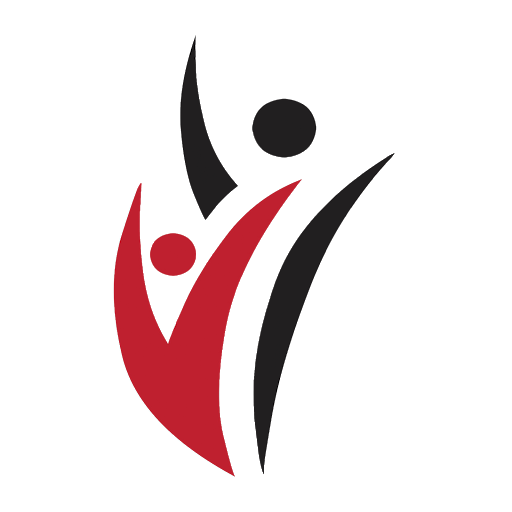GET IN TOUCH
National Student Debt Forgiveness Center
Your Path to Financial Freedom from Student Debt Starts Here
In Default?
If you are in default we can help you find some of the best Federal mandated rehabilitation options.
REPAYMENT PLANS
For your Federal Student Loans, there are plenty of options that are allowed by Federal law. We can help find the best option that you may qualify for and assist in the application process.
FORGIVENESS PROGRAMS
We can provide insight into forgiveness programs that may be available for your situation, although such programs take 10, 20, or even 25 years to complete.
STUDENT LOAN REPAYMENT OPTIONS
We can help choose the best repayment option for your situation and assist you in applying for such a program
Seeing that there is a mountain of student loan debt saddling recent and older graduates, there have been many programs made available to help those struggling with student loan debt.
Standard Repayment Plan
Income-Contingent Repayment (ICR)
Saving on a Valuable Education (SAVE)
Graduated Repayment Plan
Pay As You Earn (PAYE)
Extended Repayment Plan
Income-Based Repayment (IBR)
Public Service Loan Forgiveness (PSLF)
What is the Public Service Loan Forgiveness (PSLF) Program
The PSLF Program was established to encourage individuals to work in public service by forgiving the remaining balance of their Direct Loans after they have made 120 qualifying payments while employed by a qualifying employer.
What are the eligibility requirements for loan forgiveness under the PSLF Program?
You must be employed full-time by a qualifying employer when you make each of the required 120 qualifying payments on your Direct Loans, and also at the time you apply for loan forgiveness after making the last of those 120 payments, and when you receive loan forgiveness.
Are loan amounts forgiven under PSLF considered taxable by the IRS?
No. According to the Internal Revenue Service (IRS), student loan amounts forgiven under PSLF are not considered income for tax purposes. For more information, check with the IRS or a tax advisor.
Does my income level determine eligibility for PSLF?
There is no income requirement to qualify for PSLF. However, since your required monthly payment amount under most of the qualifying PSLF repayment plans is based on your income, your income level over the course of your public service employment may be a factor in determining whether you have a remaining loan balance to be forgiven after making 120 qualifying payments.
Can I be certain that the PSLF Program will exist by the time I have made my 120 qualifying payments?
We cannot make any guarantees about the future availability of PSLF. The PSLF Program was created by Congress, and Congress could change or end the PSLF Program.
I have federal student loans from a program other than the Direct Loan Program. Can I qualify for PSLF?
PSLF is available only for Direct Loans. However, if you have loans made under another federal student loan program, you may consolidate those loans into a Direct Consolidation Loan, which is eligible for PSLF.
Student Loan Debt Consolidation
Student Loan Consolidation is available to help students reduce their federal education debts by combining all of their outstanding loans into a single loan.
WHO IS ELIGIBLE FOR A CONSOLIDATION?
Consolidation Loans are available to most borrowers of Federal education loans and come from one of two sources — Direct Consolidation Loans and Federal Consolidation Loans.
WHAT IS CONSOLIDATION?
The Financial meaning of the term: Taking Multiple debts or credit lines and consolidating them into one new payoff plan. Frequently, this is a consolidation loan, provided to consolidate debts into one loan with one payment.
WHY CONSOLIDATE?
Consolidation loans allow borrowers to combine one or more of their Federal education loans into a new loan that offers several advantages.
One Lender One Payment
Repayment Options
Borrowers can choose from multiple repayment plans with various term selections to repay their consolidation loan(s), including an Income-Based Repayment (IBR), Income Contingent Repayment (ICR), or Pay as You Earn (PAYE). These Plans are designed to be flexible to meet the different and changing needs of borrowers. With a consolidation loan, borrowers can switch repayment plans at any time.
No Minimum or Maximum Loan Amounts
There is no minimum amount required to qualify for a Direct Consolidation Loan.
Reduced Monthly Payments
A consolidation loan may ease the strain on a borrower’s budget by lowering the borrower’s overall monthly payment. The minimum monthly payment on a consolidation loan may be lower than the combined payments charged on a borrower’s Federal education loans.
Strengthen Your Credit
All federal and private student loans are considered unsecured debt. That means they are not backed by collateral, by some asset – a house, a car, or a piece of land. Unsecured student loan debt is looked upon more favorably by lenders when it comes to evaluating your creditworthiness. Student loan debt is often considered good debt because it represents an investment in your future. If you are timely in making your federal and/or private student loan payments to your lender, having this type of debt can actually begin to strengthen your credit rating after about six months of steady payment. Better yet, if your student loans are consolidated, thereby reducing the number of active accounts on your credit report, it can heighten your score as well.

Select Page